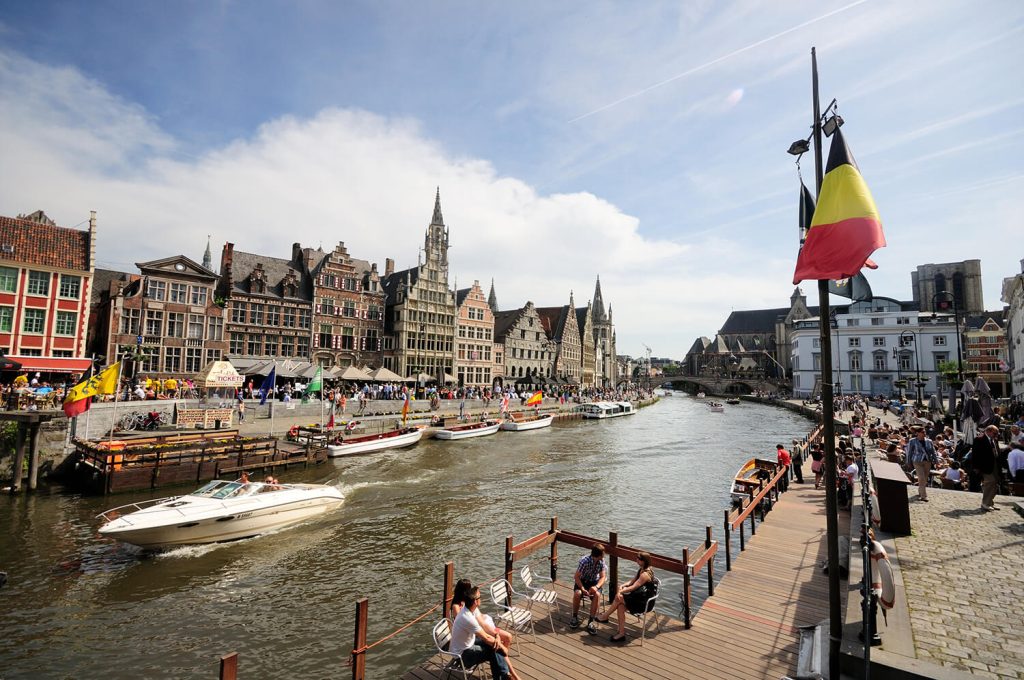General Information About Kazakhstan
Kazakhstan is a country with territory in both Central Asia and Eastern Europe. It has a population of 20 million and ranks as the ninth largest country in the world by land area. It shares borders with Russia to the north and west, China to the east, and Kyrgyzstan, Uzbekistan, and Turkmenistan to the south.
The largest cities in Kazakhstan are Almaty (population 2.1 million), Astana (population 1.3 million), and Shymkent (population 1.2 million). Kazakhstan boasts the largest economy in Central Asia, generating 60% of the region’s GDP. According to the World Bank’s 2019 estimates, Kazakhstan ranks 42nd in GDP by purchasing power parity (PPP), and 54th in nominal GDP. Its key trade and economic partners include China, Russia, and Italy.
Wine Imports in Kazakhstan
In 2024, wine imports accounted for 35% of the total market volume in Kazakhstan, with the remaining 65% produced by local winemakers. This is a significant figure for the domestic market, especially when compared to beer, where imports make up just over 8%.
In 2022, Kazakhstan imported wine worth US$37.8 million, according to OEC, with the main supplier countries being:
- Georgia: US$10.1m
- Lithuania: US$7.46m
- Italy: US$5.69m
- France: US$1.92m
- Moldova: US$1.81m
In the same year, wine exports from Kazakhstan amounted to US$858,000.
However, other sources report that wine imports to Kazakhstan totaled US$48 million in 2022 which rose to US$58 million in 2023. Notably, Italian wine accounted for 33% of imports, reaching a value of US$18 million, according to TrendEconomy.
Wine Distribution in Kazakhstan
Kazakhstan has a well-developed market with the presence of numerous international companies. Several global hotel chains operate in Central Asia, including Marriott, St. Regis, Radisson, Hilton, Ibis, Wyndham, and the Turkish chain Rixos.
Major Retail Chains in Kazakhstan:
- Magnum: the largest grocery chain by turnover, Magnum operates in eleven major cities across Kazakhstan. Its formats range from convenience stores to large supermarkets. As of July 2024, Magnum had 121 outlets, having added nearly forty stores over the past four years.
- Small: another major grocery chain, Small operates over 121 stores in thirteen cities.
- Metro Cash & Carry: primarily an HRI (hotel, restaurant, and institution) distributor, Metro also runs seven warehouse-style stores in major cities to cater to individuals and small businesses.
- Galmart: a growing high-end grocery chain with seven locations throughout Astana and Almaty, where it offers a variety of international products.
Supply chains vary by company: some retailers import directly, while others work through distributors. Distributors collaborate with major retail chains and maintain a presence across the country.

Alcohol and Wine Market in Kazakhstan
According to the State Revenue Committee, approximately 6,500 retail alcohol licenses, and 230 wholesale alcohol licenses are issued annually in Kazakhstan (excluding licenses for catering establishments). This indicates a highly active retail and wholesale alcohol market. Ranking.kz
Wine accounts for about 18% of total alcohol sales in Kazakhstan (2023). The growth in alcohol markets is notable, with a particular trend toward the opening of wine shops (vinotheques), and this has become a stable trend over the recent years. Despite this, online alcohol sales are formally prohibited in Kazakhstan.
Alcoholic beverages represent an average of 3% of retail trade turnover, and 2% of wholesale trade turnover in Kazakhstan.
Trade shows in Kazakhstan
InterFood Astana
Central Asian International Food Industry Exhibition
World of Trade
Convention: World of TradeCentral Asian Market and Logistics
Goods can be delivered to Kazakhstan via the Mediterranean and Trans-Caspian International Transit Route, often referred to as the Middle Corridor. This route has seen significant investment and development in the key port areas such as Poti (Georgia) and Baku (Azerbaijan), which have since increased its capacity.
After crossing the Black Sea, goods are transported by rail through Georgia and Azerbaijan before being loaded onto ferries to cross the Caspian Sea, eventually reaching Kazakhstan’s shores.
The Central Asian region consists of five countries: Kazakhstan, Uzbekistan, Turkmenistan, Tajikistan, and Kyrgyzstan, with a combined population of approximately 80 million people, projected to reach 100 million by 2050. The market is growing, particularly in agricultural imports. In 2023, agricultural imports for Kazakhstan, Kyrgyzstan, and Uzbekistan totaled US$11.6 billion, nearly doubling over the last three years.
(Source: USDA Report)
The region’s countries exhibit significant economic and social disparities: Kazakhstan is the most developed country in the region, with a relatively liberal market and GDP per capita of US$39,300, far ahead of Tajikistan, where GDP per capita is a significantly lower US$5,100.
The wealthiest and largest cities in the region include:
- Astana (Kazakhstan) – Population: 1.4 million
- Almaty (Kazakhstan) – Population: 2.2 million
- Shymkent (Kazakhstan) – Population: 1.2 million
- Tashkent (Uzbekistan) – Population: 3 million
- Bishkek (Kyrgyzstan) – Population: 1.1 million
Kazakhstan and Uzbekistan are relatively open to international trade, with easier market entry. In contrast, Turkmenistan remains largely closed to international business. Kazakhstan and Kyrgyzstan, as members of the Eurasian Economic Union (EAEU), have harmonized many import requirements with other EAEU members (Russia, Belarus, and Armenia). Uzbekistan, Tajikistan, and Turkmenistan maintain their own independent systems.
The region also exhibits varying levels of alcohol consumption per year:
- Kazakhstan: 5 liters
- Kyrgyzstan: 4.85 liters
- Turkmenistan: 3.09 liters
- Uzbekistan: 2.61 liters
- Tajikistan: 0.88 liters
(Source: Energyprom)



